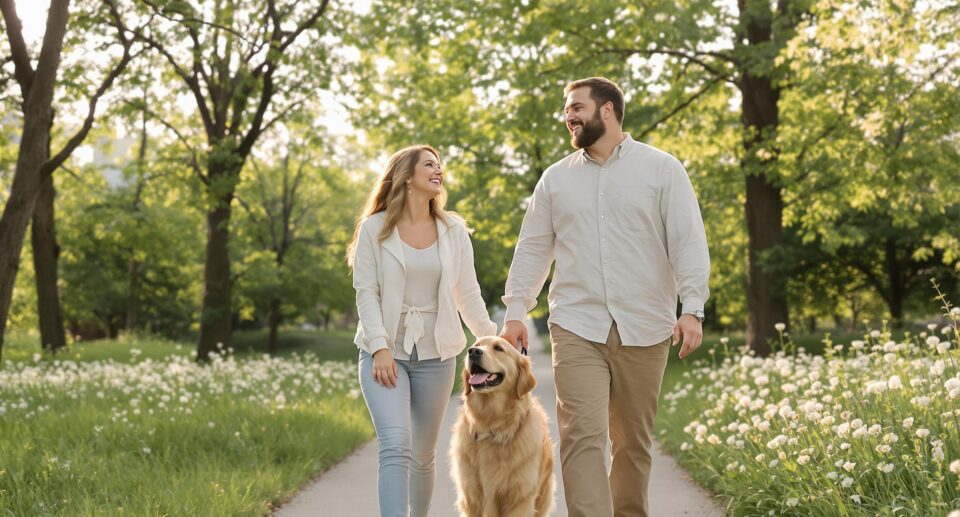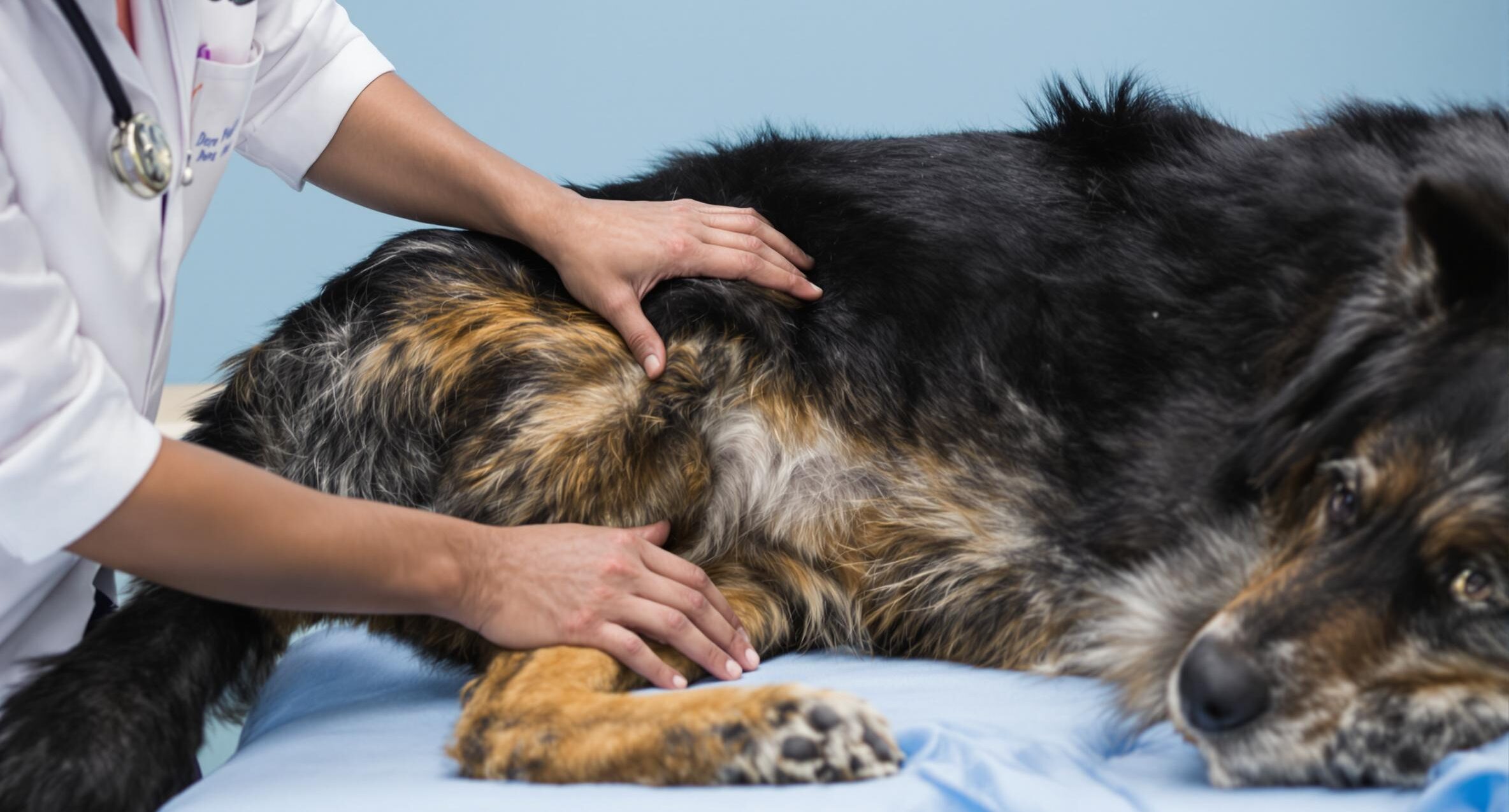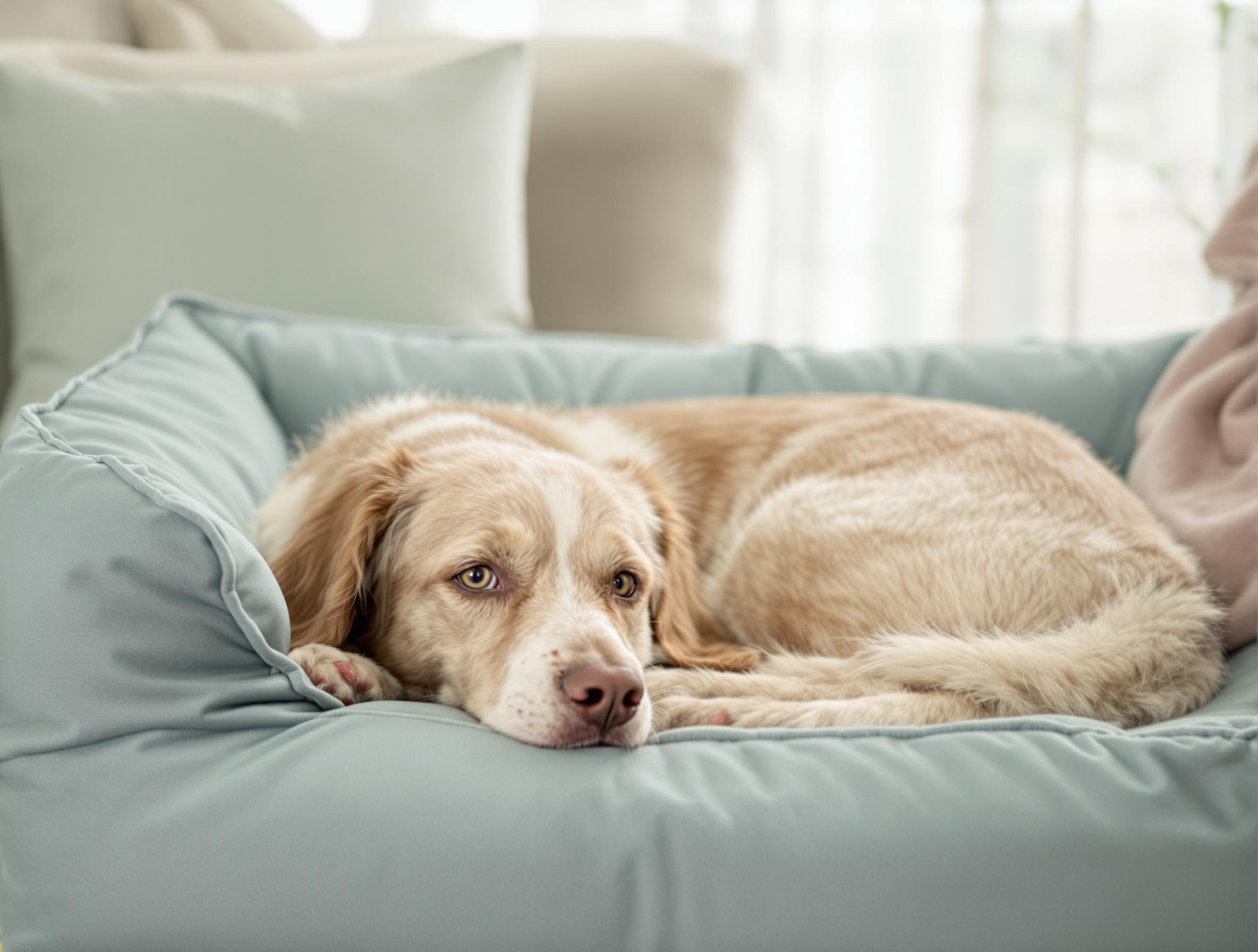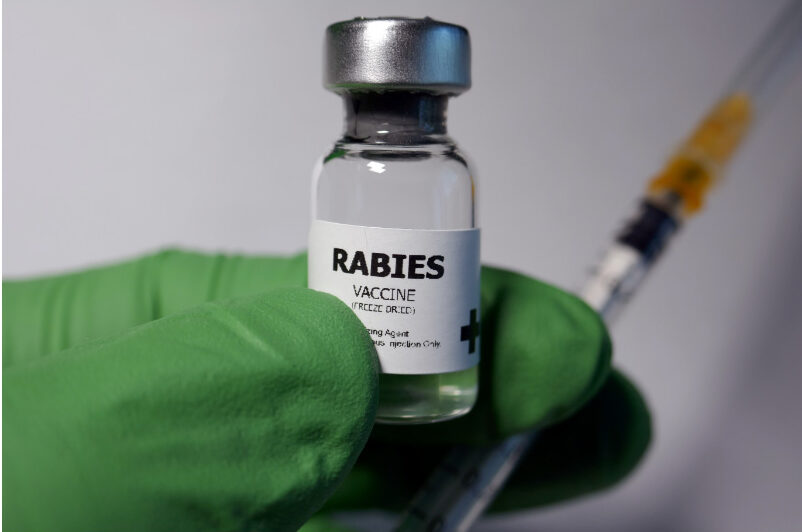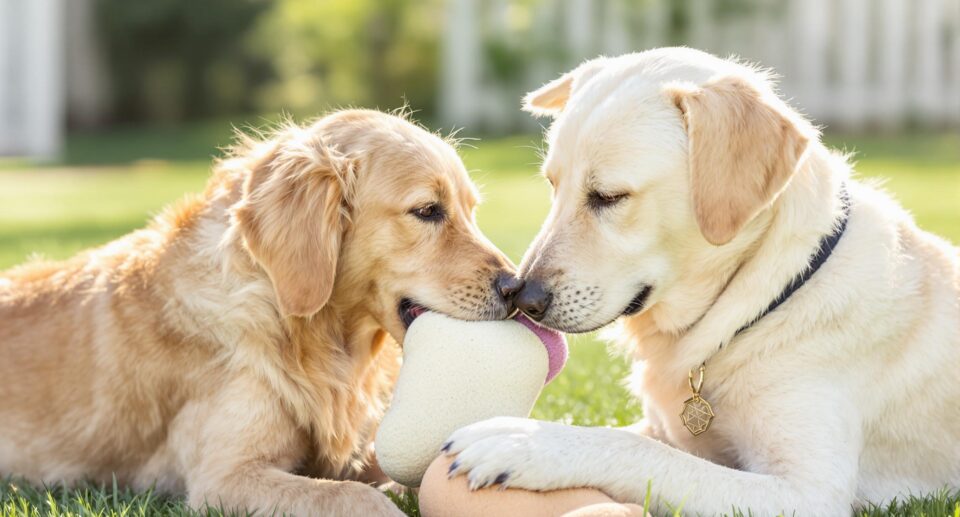
Key takeaways:
- Successful dog introductions start with understanding each dog’s unique personality and creating a calm, neutral environment.
- Seeking professional guidance can help, as tailored strategies make the process smoother and reduce the risk of tension.
- Signs of a positive introduction include relaxed body language, playful interactions, and a willingness to share space peacefully.
Bringing a new dog into your home is an exciting and rewarding experience, but those first introductions can make all the difference in building a positive and lasting relationship. Dogs communicate through subtle body language and social cues, and a well-planned introduction helps prevent stress, fear, and potential conflict. Think of it like setting up a first playdate for children—when done thoughtfully, it creates the foundation for a strong and lasting bond between your pets.
For reliable guidance on introductions, behavior, and training, PetHealthMD is a great resource. However, if your dog has a history of trauma or socialization challenges, working with a professional animal behaviorist can be especially helpful in creating a personalized approach that meets their needs.
Now that we’ve covered why introductions matter, let’s explore the best step-by-step approach to making your dogs’ first meeting a positive experience.
Preparing for the introduction
Dogs thrive on routine and familiarity, so a sudden change—like meeting a new dog—can feel overwhelming. Taking a few simple steps ahead of time can make all the difference in setting the stage for a smooth and positive introduction.
#1. Create a welcoming environment
Bringing a new dog into the home is a big adjustment for your resident dog. They may be curious, excited, or even a little unsure about their new companion. Preparing in advance helps both dogs feel safe and comfortable during this transition.
Start by setting up separate, cozy spaces where each dog can retreat and relax—a favorite bed in a quiet corner or separate rooms can provide them with a sense of security as they get used to each other’s presence.
Before the first meeting, remove potential triggers like food bowls, chew toys, or blankets your resident dog is particularly attached to. Even the most laid-back dogs can get protective over their belongings, so eliminating these stressors allows both dogs to focus on getting to know each other without tension.
#2. Set up for success
The right location can make all the difference, so make sure you choose a neutral, low-stress environment like a quiet park, a wide walking path, or a spacious backyard away from home. Meeting on neutral ground helps prevent territorial behavior, making it easier for both dogs to feel at ease.
Timing is also important. Plan the introduction when both dogs are well-rested and relaxed—ideally after a light walk to release any excess energy.
#3. Build familiarity through scent
Dogs rely heavily on scent to process new experiences, so getting them used to each other’s smell before meeting in person can make the transition smoother. One simple way to do this is to swap scent-marked items—let each dog sleep with a soft blanket or towel for a few days, then place that item in the other dog’s space. This helps them start associating each other’s scent with comfort and safety before they even meet.
When it’s time for the introduction, have small, high-value treats on hand—like tiny pieces of boiled chicken, cheese cubes, or soft training treats. Rewarding calm and friendly behavior helps reinforce positive associations and makes the experience enjoyable for both dogs.
Some dogs hit it off right away, while others take days or even weeks to build trust. Letting them move at their own pace ensures a stronger, lasting bond and sets the foundation for a happy relationship.
What you should avoid when introducing a dog to your dog
Just like people, dogs have their own unique personalities and social preferences. Making new doggy friendships work takes patience and understanding from their human friends. Here’s how to help your dogs start their friendship on the right paw.
- Forcing the introduction. If either dog shows signs of stress—such as a tucked tail, stiff body, or avoiding eye contact—give them more time and space.
- Allowing face-to-face rushing. Dogs naturally greet each other by sniffing from the side. Let them approach gradually instead of rushing up nose-to-nose, which can feel confrontational.
- Leaving them unsupervised too soon. Early play sessions should always be monitored so you can step in if needed.
- Rushing the process. Some dogs bond quickly, while others take days or even weeks to warm up. Let them set the pace for their friendship.
- Giving treats when tension is high. If one or both dogs seem uneasy, hold off on treats until they’re relaxed and comfortable around each other. Rewarding calm moments helps reinforce positive interactions.
Remember to celebrate small wins along the way. Even tiny positive moments, like brief tail wags or peaceful side-by-side walks, show progress in your dogs’ budding friendship.
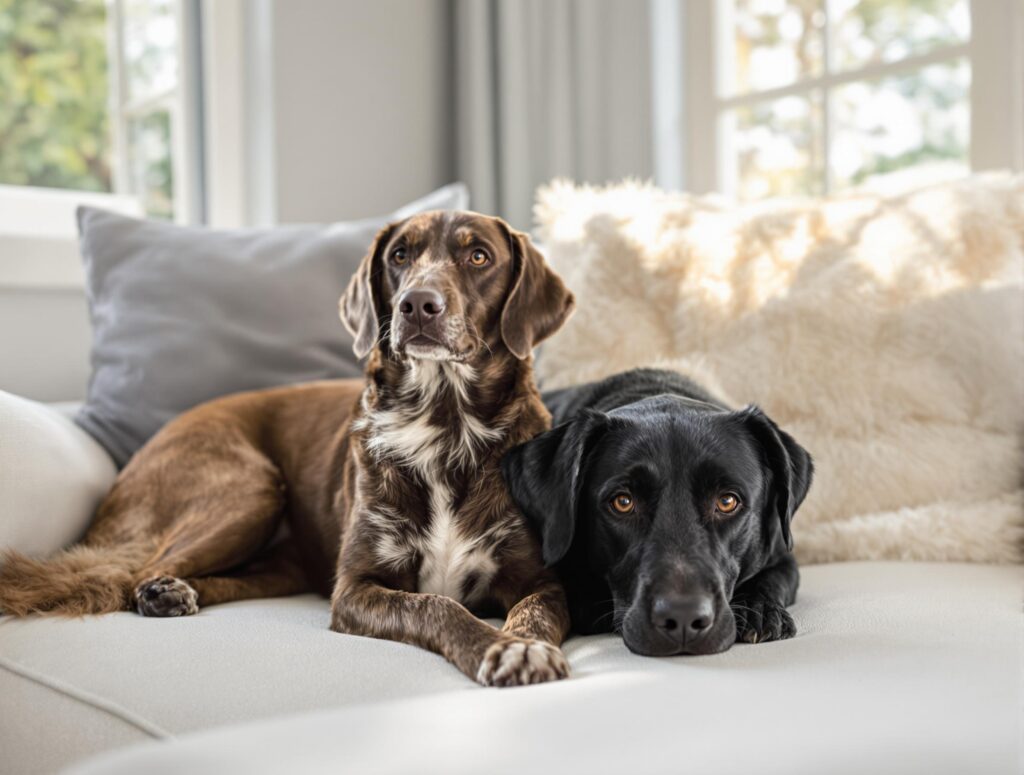
Signs of a successful dog introduction
#1. Happy body language
Dogs communicate so much through their body language, and when a new friendship is forming, the signs are easy to spot. Relaxed, wiggly bodies, loose facial expressions, and soft, mid-height tail wags all indicate that your dogs feel safe and comfortable with each other. If you see them doing zoomies or play bows—where their front end dips down while their back end stays up—it’s a clear invitation to play. These gestures show trust and excitement, signaling that their bond is off to a great start.
#2. Healthy play patterns
Good play between dogs looks like a natural back-and-forth, almost like a friendly dance. You’ll notice them switching roles—one dog might chase while the other runs, and then they’ll trade places. Watch for these signs of positive play:
- Taking turns during chase games
- Gentle mouthing without applying pressure
- Light, bouncy movements
- Pausing occasionally to check in with each other
- Returning to play after short breaks
#3. Comfortable companionship
A true sign of a successful introduction is when your dogs choose to share space in a relaxed way. They may nap in the same room, sit near each other, or take breaks together during play. Even dogs that start off a little shy can develop wonderful friendships when given time to adjust at their own pace.
Handling challenges in dog introductions
Bringing dogs together doesn’t always go as smoothly as we’d hope, and it’s normal to feel a little concerned if things get off to a rough start. Whether your new pup is feeling nervous or your resident dog seems unsure, challenges can come up.
Here are some common issues and how to handle them:
Why is my dog showing aggression during introductions?
Aggressive behavior during introductions is usually driven by fear, uncertainty, or territorial instincts. Signs to watch for include:
- Growling or snarling
- Raised hackles (fur standing up along the back)
- Stiff body posture
- Avoiding or blocking the other dog
If this happens, try using the parallel walking technique—walk both dogs side by side at a comfortable distance, gradually bringing them closer as they relax. This structured approach helps reduce tension and allows them to associate each other with positive experiences. Reinforce calm behavior with high-value treats and gentle praise to encourage good interactions.
What are the signs my resident dog is struggling with the new addition?
Sometimes, the stress of a new dog in the home isn’t obvious right away. Watch for subtle behavior changes in your resident dog, such as:
- Decreased appetite
- Avoiding family members or withdrawing from activities
- Excessive sleeping or low energy
- Loss of interest in favorite toys or playtime
These signs can indicate that your dog is feeling overwhelmed or unsure about the change. Give them plenty of one-on-one attention, reassurance, and their own space to decompress while they adjust.
When should I seek professional help with dog introductions?
If tension, fear, or aggression continue despite slow and gentle introductions, it may be time to bring in a certified dog behaviorist or trainer. A professional can create a customized introduction plan, address specific concerns, and ensure both dogs feel safe and comfortable. If either dog shows ongoing signs of distress, repeated fights, or extreme fear, don’t hesitate to reach out for expert guidance.
Helping your dogs build a strong bond
Bringing a new dog into your home is exciting, but building a strong bond between dogs doesn’t happen overnight. It takes time, patience, and positive daily interactions to help them feel comfortable with each other.
One of the best ways to foster trust is through structured activities that encourage confidence without pressure. Training sessions and parallel walks allow both dogs to spend time together in a calm, low-stress setting, helping them gradually build a connection. As they grow more comfortable, introducing gentle play, interactive games, and shared activities can help strengthen their bond.
A smooth transition starts with having the right supplies to keep both dogs happy and healthy. Whether you need high-quality dog food, vitamins, or tasty treats to reward good behavior, 1800PetMeds has everything you need to support your pets’ well-being.


